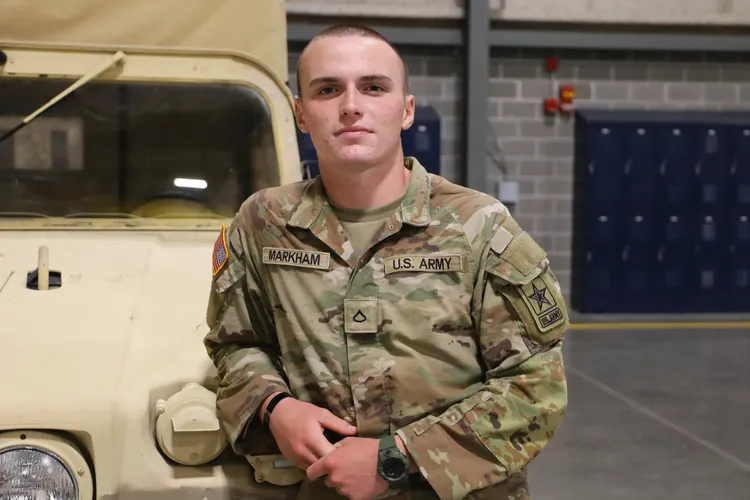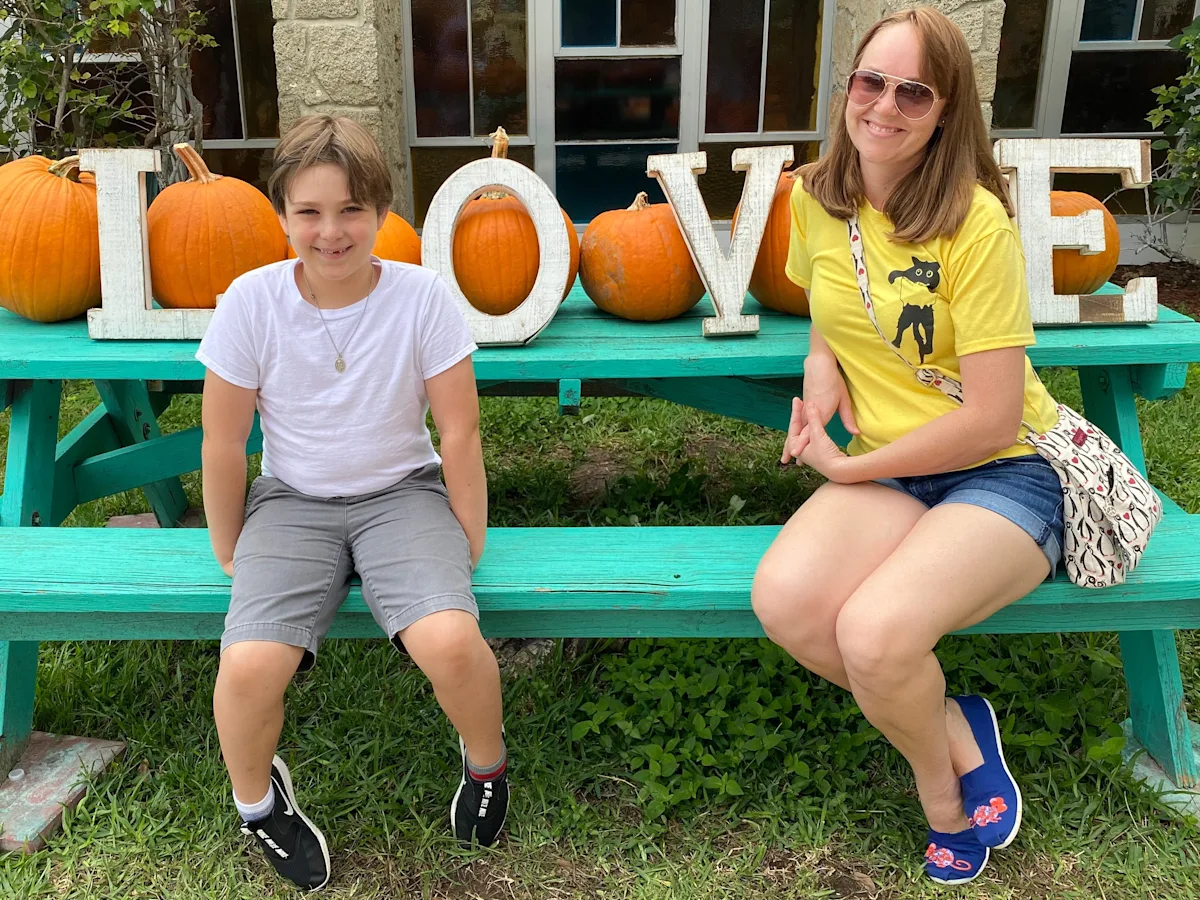A heartbreaking case involving the death of a 4-month-old baby has police accusing the child’s parents of shaking her violently, leading to fatal injuries. The couple now faces serious criminal charges after what medical experts term the devastating effects of shaken baby syndrome, a severe form of child abuse resulting in traumatic brain injuries.
What Is Shaken Baby Syndrome?
:max_bytes(150000):strip_icc():focal(995x649:997x651):format(webp)/Ryan-Greenwood-Tanya-Greenwood-083025-dba7cc34b9984cdcb314867dc69ec78c.jpg)
Shaken baby syndrome occurs when an infant or young child is forcefully shaken, causing the fragile brain to bounce inside the skull. This violent motion can tear blood vessels and nerves, leading to brain swelling, bruising, bleeding, and sometimes permanent damage or death.
The syndrome is often referred to as abusive head trauma because it may involve shaking combined with blunt trauma, and it is a leading cause of child abuse fatalities in young children.
Symptoms and Medical Findings
Signs of shaken baby syndrome might not be immediately apparent externally but often include:
- Extreme fussiness, irritability, or difficulty being consoled
- Lethargy or difficulty staying awake
- Vomiting and breathing problems
- Seizures or convulsions
- Poor feeding or refusal to eat
- Pale or bluish skin indicating oxygen deprivation
Medical exams often uncover retinal hemorrhages, brain bleeding such as subdural hemorrhages, skull fractures, and other internal injuries detectable by imaging like CT scans or MRIs.
The Case Against the Parents

The couple is accused of repeatedly shaking their infant daughter, resulting in internal injuries that medical professionals say directly led to her death. Details from the investigation indicate signs consistent with abusive head trauma discovered during medical examination.
Authorities stress the importance of recognizing such abuse to prevent further tragedies and highlight that shaken baby syndrome is entirely preventable.
Prevention and Awareness
Recognizing the dangers of shaking or roughly handling infants is critical for caregivers. Infants have underdeveloped neck muscles and larger heads relative to their bodies, making their brains particularly vulnerable.
Education efforts emphasize calm strategies for parents when facing infant crying or frustration, urging them to seek help rather than resort to shaking. Hospital programs, public health campaigns, and support groups work to raise awareness of the syndrome’s signs and prevention methods.
Treatment and Prognosis

Immediate medical intervention for babies with suspected shaken baby syndrome involves stabilization and treatment of brain swelling, seizures, and other injuries. Unfortunately, many children suffer long-term neurological impairments or permanent disability, and some do not survive.
The prognosis depends on the severity of the injuries, with early diagnosis and treatment critical to improving outcomes.
Legal and Community Impact
Cases like this resonate deeply within communities as tragic reminders of child vulnerability and the need for vigilance. Legal proceedings aim to hold perpetrators accountable and protect other children from similar abuse.
Communities and advocates call for increased resources and support for parents to reduce stress and prevent child abuse, hoping to avert future losses.
Conclusion: A Tragic Loss Highlighting an Urgent Child Safety Issue
The death of this 4-month-old girl due to shaken baby syndrome underscores the critical importance of understanding and preventing abusive head trauma. These devastating tragedies stir calls for education, compassion, and community engagement to protect children and support families navigating the challenges of caring for infants.





